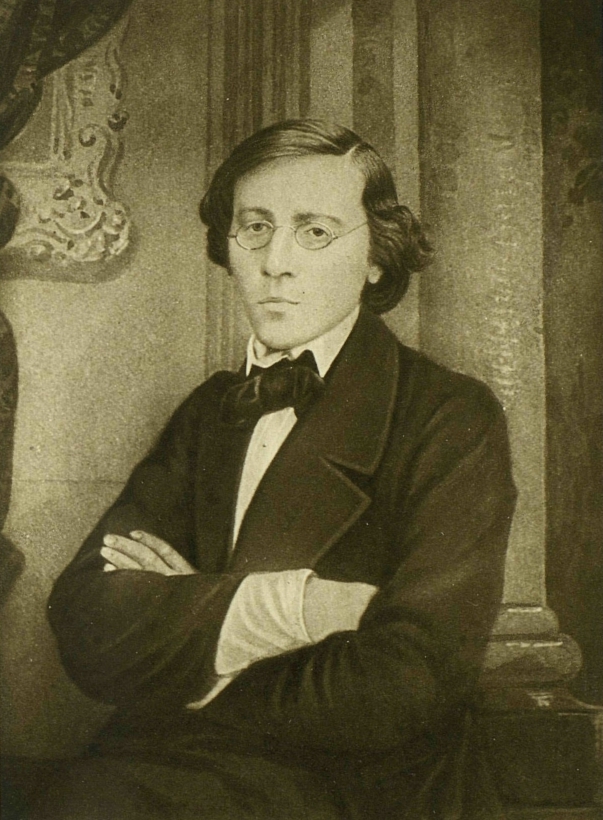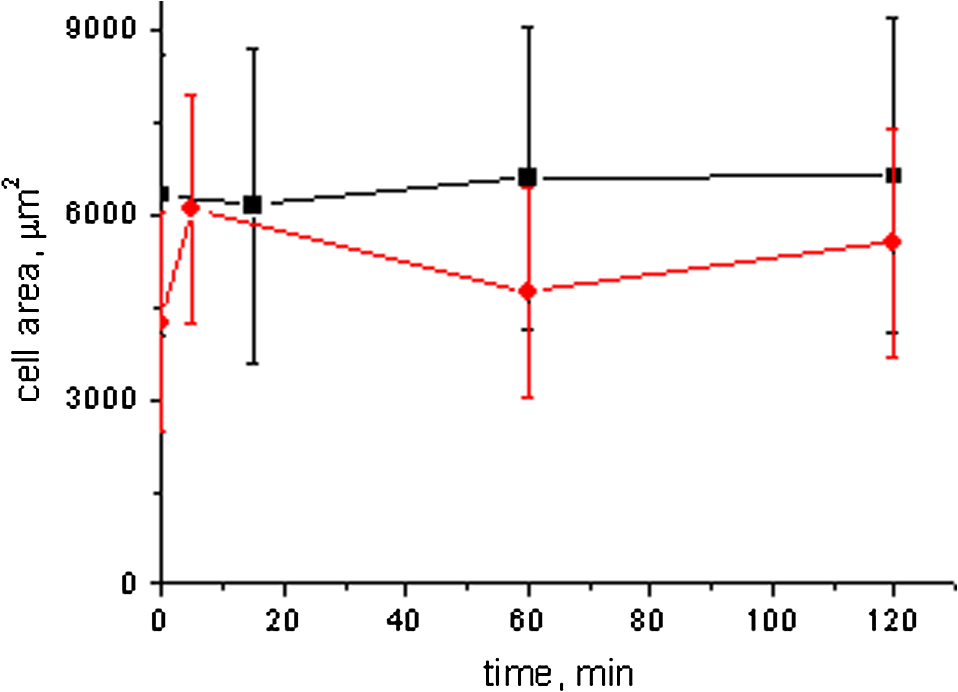
What Is to Be Done? (novel)
Chernyshevsky What Is To Be Done Pdf
Anna Geifman & Stanislav Repinetskiy. Nikolai Chernyshevsky's Novel as a Psychological Profile in Clio's Psyche. 3 December 2014. Nikolay Gavrilovich Chernyshevsky (24 July O.S. 12 July 1828 – 17 October 1889) was a Russian literary and social critic, journalist, novelist, and socialist philosopher, often identified as an utopian socialist and leading theoretician of Russian nihilism.He was the dominant intellectual figure of the 1860s revolutionary movement in Russia, despite spending much of his later life in exile. What is to be Done? Vladimir Lenin First published: 1902 Transcription by: Tim Delaney This printable edition produced by: Chris Russell for the Marxists Internet Archive Please note: The text may make reference to page numbers within this document. These page numbers were maintained during the transcription process to remain faithful to the.
| Author | Nikolai Chernyshevsky |
|---|---|
| Original title | Shto delat (Что делать) |
| Country | Russian Empire |
| Language | Russian |
| Genre | Novel |
Publication date | 1863 |
| 1886 | |
| Media type | Print (Hardback & Paperback) |
| ISBN | NA |
Seismosignal keygen software. What Is to Be Done? (Russian: Что делать?, tr.Shto delat'?; also translated as 'What Shall We Do?') is an 1863 novel written by the Russian philosopher, journalist and literary critic Nikolai Chernyshevsky. It was written in response to Fathers and Sons (1862) by Ivan Turgenev. The chief character is a woman, Vera Pavlovna, who escapes the control of her family and an arranged marriage to seek economic independence. The novel advocates the creation of small socialist cooperatives based on the Russian peasant commune, but oriented toward industrial production. The author promoted the idea that the intellectual's duty was to educate and lead the laboring masses in Russia along a path to socialism that bypassed capitalism. One of the characters in the novel, Rakhmetov, became an emblem of the philosophical materialism and nobility of Russian radicalism despite his minor role. The novel also expresses, in one character's dream, a society gaining 'eternal joy' of an earthly kind. The novel has been called 'a handbook of radicalism'[1] and led to the founding of the Land and Liberty society.[2]
When he wrote the novel, the author was himself imprisoned in the Peter and Paul fortress of St. Petersburg, and he was to spend years in Siberia. Chernyshevsky asked for and received permission to write the novel in prison, and the authorities passed the manuscript along to his former employer, the newspaper Sovremennik, which also approved it for publication in installments in its pages. Lenin, Plekhanov, Peter Kropotkin, Alexandra Kollontay, Rosa Luxemburg, and also the Swedish writer August Strindberg,[3] were all highly impressed with the book, and it came to be officially regarded a Russian classic in the Soviet period.[4][5]
Chernyshevsky What Is To Be Done Pdf Viewer. Convert Docbook To Pdf Windows Xp. Ifunia Video Converter Mac Crack Wifi. James cook university medicine research paper thomas malthus essay on population pdf converter hazards of. Postcolonialism essay pdf Postcolonialism essay pdf. N G Chernyshevsky State University, Saratov.
- Plot introduction1
- Reactions2
- Footnotes3
- References4
- External links5
Plot introduction
Within the framework of a story of a privileged couple who decide to work for the revolution, and ruthlessly subordinate everything in their lives to the cause, the work furnished a blueprint for the asceticism and dedication unto death which became an ideal of the early socialist underground of the Russian Empire.
Reactions

The book is perhaps better known in the English-speaking world for the responses it created than as a novel in its own right. Fyodor Dostoevsky mocked the utilitarianism and utopianism of the novel in his 1864 novella Notes from Underground, as well as in his 1872 novel Devils. Leo Tolstoy wrote a different What Is to Be Done?, published in 1886, based on his own ideas of moral responsibility.[6]Vladimir Lenin, however, found it inspiring and named a 1902 pamphlet 'What Is to Be Done?'. Lenin is said to have read the book five times in one summer, and according to Professor Emeritus of Slavic and Comparative Literature at Stanford, Joseph Frank, 'Chernyshevsky's novel, far more than Marx's Capital, supplied the emotional dynamic that eventually went to make the Russian Revolution.' [7]
Vladimir Nabokov's final novel in Russian, The Gift, thoroughly ridiculed What is to Be Done? in its fourth chapter.
In the book Ayn Rand: The Russian Radical, author Chris Matthew Sciabarra says that What Is to Be Done? is one of the sources of inspiration for Rand's thought.[8] For example, the book's main character Lopuhov says 'I am not a man to make sacrifices. And indeed there are no such things. One acts in the way that one finds most pleasant.' Chernyshevsky's egoism was ultimately socialistic, and thus quite distinct from the capitalistic form later advocated by Rand.
The main character of Gide's Les caves du Vatican (En. Lafcadio's Adventures), Lafcadio, bears a striking resemblance to Rakhmetov.
American playwright Tony Kushner referenced the book multiple times in his play Slavs!.
Footnotes
- ^Middlebury College
- ^Emory. It inspired several generations of revolutionaries in Russia: populists, nihilists, terrorists, and Marxists.
- ^Jan Myrdal, Ord & avsikt
- ^Чернец, Л.В. (1990). 'Н. Г.: Биобиблиографическая справка'. Русские писатели. Биобиблиографический словарь. Том 2. М--Я. Под редакцией П. А. Николаева. М., 'Просвещение'. Retrieved 2012-03-01.
- ^Плеханов, Г.В. (1910). 'Н.Г.Чернышевский'. Библиотека научного социализма. Т.4. Retrieved 2012-03-01.
- ^Boston theological
- ^
- ^Chris Matthew Sciabarra (1 November 2010). Ayn Rand: The Russian Radical. Penn State Press. p. 28.
References
- The Norton Anthology of World Masterpieces, pages 1,085–1,086

External links
- (Russian text)What Is to Be Done?
- English translation (1886)
Help to improve this article, make contributions at the Citational Source, sourced from Wikipedia
What Is To Be Done Nikolai Chernyshevsky Pdf
Chernyshevsky Quote

What Is to Be Done? (novel)
Chernyshevsky What Is To Be Done Pdf
Anna Geifman & Stanislav Repinetskiy. Nikolai Chernyshevsky's Novel as a Psychological Profile in Clio's Psyche. 3 December 2014. Nikolay Gavrilovich Chernyshevsky (24 July O.S. 12 July 1828 – 17 October 1889) was a Russian literary and social critic, journalist, novelist, and socialist philosopher, often identified as an utopian socialist and leading theoretician of Russian nihilism.He was the dominant intellectual figure of the 1860s revolutionary movement in Russia, despite spending much of his later life in exile. What is to be Done? Vladimir Lenin First published: 1902 Transcription by: Tim Delaney This printable edition produced by: Chris Russell for the Marxists Internet Archive Please note: The text may make reference to page numbers within this document. These page numbers were maintained during the transcription process to remain faithful to the.
| Author | Nikolai Chernyshevsky |
|---|---|
| Original title | Shto delat (Что делать) |
| Country | Russian Empire |
| Language | Russian |
| Genre | Novel |
Publication date | 1863 |
| 1886 | |
| Media type | Print (Hardback & Paperback) |
| ISBN | NA |
Seismosignal keygen software. What Is to Be Done? (Russian: Что делать?, tr.Shto delat'?; also translated as 'What Shall We Do?') is an 1863 novel written by the Russian philosopher, journalist and literary critic Nikolai Chernyshevsky. It was written in response to Fathers and Sons (1862) by Ivan Turgenev. The chief character is a woman, Vera Pavlovna, who escapes the control of her family and an arranged marriage to seek economic independence. The novel advocates the creation of small socialist cooperatives based on the Russian peasant commune, but oriented toward industrial production. The author promoted the idea that the intellectual's duty was to educate and lead the laboring masses in Russia along a path to socialism that bypassed capitalism. One of the characters in the novel, Rakhmetov, became an emblem of the philosophical materialism and nobility of Russian radicalism despite his minor role. The novel also expresses, in one character's dream, a society gaining 'eternal joy' of an earthly kind. The novel has been called 'a handbook of radicalism'[1] and led to the founding of the Land and Liberty society.[2]
When he wrote the novel, the author was himself imprisoned in the Peter and Paul fortress of St. Petersburg, and he was to spend years in Siberia. Chernyshevsky asked for and received permission to write the novel in prison, and the authorities passed the manuscript along to his former employer, the newspaper Sovremennik, which also approved it for publication in installments in its pages. Lenin, Plekhanov, Peter Kropotkin, Alexandra Kollontay, Rosa Luxemburg, and also the Swedish writer August Strindberg,[3] were all highly impressed with the book, and it came to be officially regarded a Russian classic in the Soviet period.[4][5]
Chernyshevsky What Is To Be Done Pdf Viewer. Convert Docbook To Pdf Windows Xp. Ifunia Video Converter Mac Crack Wifi. James cook university medicine research paper thomas malthus essay on population pdf converter hazards of. Postcolonialism essay pdf Postcolonialism essay pdf. N G Chernyshevsky State University, Saratov.
- Plot introduction1
- Reactions2
- Footnotes3
- References4
- External links5
Plot introduction
Within the framework of a story of a privileged couple who decide to work for the revolution, and ruthlessly subordinate everything in their lives to the cause, the work furnished a blueprint for the asceticism and dedication unto death which became an ideal of the early socialist underground of the Russian Empire.
Reactions
The book is perhaps better known in the English-speaking world for the responses it created than as a novel in its own right. Fyodor Dostoevsky mocked the utilitarianism and utopianism of the novel in his 1864 novella Notes from Underground, as well as in his 1872 novel Devils. Leo Tolstoy wrote a different What Is to Be Done?, published in 1886, based on his own ideas of moral responsibility.[6]Vladimir Lenin, however, found it inspiring and named a 1902 pamphlet 'What Is to Be Done?'. Lenin is said to have read the book five times in one summer, and according to Professor Emeritus of Slavic and Comparative Literature at Stanford, Joseph Frank, 'Chernyshevsky's novel, far more than Marx's Capital, supplied the emotional dynamic that eventually went to make the Russian Revolution.' [7]
Vladimir Nabokov's final novel in Russian, The Gift, thoroughly ridiculed What is to Be Done? in its fourth chapter.
In the book Ayn Rand: The Russian Radical, author Chris Matthew Sciabarra says that What Is to Be Done? is one of the sources of inspiration for Rand's thought.[8] For example, the book's main character Lopuhov says 'I am not a man to make sacrifices. And indeed there are no such things. One acts in the way that one finds most pleasant.' Chernyshevsky's egoism was ultimately socialistic, and thus quite distinct from the capitalistic form later advocated by Rand.
The main character of Gide's Les caves du Vatican (En. Lafcadio's Adventures), Lafcadio, bears a striking resemblance to Rakhmetov.
American playwright Tony Kushner referenced the book multiple times in his play Slavs!.
Footnotes
- ^Middlebury College
- ^Emory. It inspired several generations of revolutionaries in Russia: populists, nihilists, terrorists, and Marxists.
- ^Jan Myrdal, Ord & avsikt
- ^Чернец, Л.В. (1990). 'Н. Г.: Биобиблиографическая справка'. Русские писатели. Биобиблиографический словарь. Том 2. М--Я. Под редакцией П. А. Николаева. М., 'Просвещение'. Retrieved 2012-03-01.
- ^Плеханов, Г.В. (1910). 'Н.Г.Чернышевский'. Библиотека научного социализма. Т.4. Retrieved 2012-03-01.
- ^Boston theological
- ^
- ^Chris Matthew Sciabarra (1 November 2010). Ayn Rand: The Russian Radical. Penn State Press. p. 28.
References
- The Norton Anthology of World Masterpieces, pages 1,085–1,086
External links
- (Russian text)What Is to Be Done?
- English translation (1886)
Help to improve this article, make contributions at the Citational Source, sourced from Wikipedia
